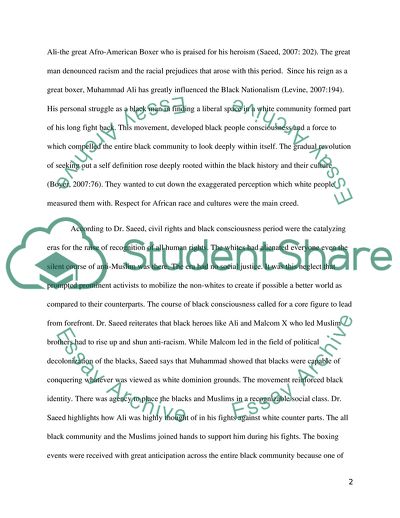Cite this document
(The Rise of Black Consciousness and its Impact on Non-whites Literature review, n.d.)
The Rise of Black Consciousness and its Impact on Non-whites Literature review. Retrieved from https://studentshare.org/social-science/1774260-explain-and-illustrate-how-the-rise-in-black-consciousness-in-the-1960s-had-an-impact-on-non-white-peoples-self-perception
The Rise of Black Consciousness and its Impact on Non-whites Literature review. Retrieved from https://studentshare.org/social-science/1774260-explain-and-illustrate-how-the-rise-in-black-consciousness-in-the-1960s-had-an-impact-on-non-white-peoples-self-perception
(The Rise of Black Consciousness and Its Impact on Non-Whites Literature Review)
The Rise of Black Consciousness and Its Impact on Non-Whites Literature Review. https://studentshare.org/social-science/1774260-explain-and-illustrate-how-the-rise-in-black-consciousness-in-the-1960s-had-an-impact-on-non-white-peoples-self-perception.
The Rise of Black Consciousness and Its Impact on Non-Whites Literature Review. https://studentshare.org/social-science/1774260-explain-and-illustrate-how-the-rise-in-black-consciousness-in-the-1960s-had-an-impact-on-non-white-peoples-self-perception.
“The Rise of Black Consciousness and Its Impact on Non-Whites Literature Review”. https://studentshare.org/social-science/1774260-explain-and-illustrate-how-the-rise-in-black-consciousness-in-the-1960s-had-an-impact-on-non-white-peoples-self-perception.


